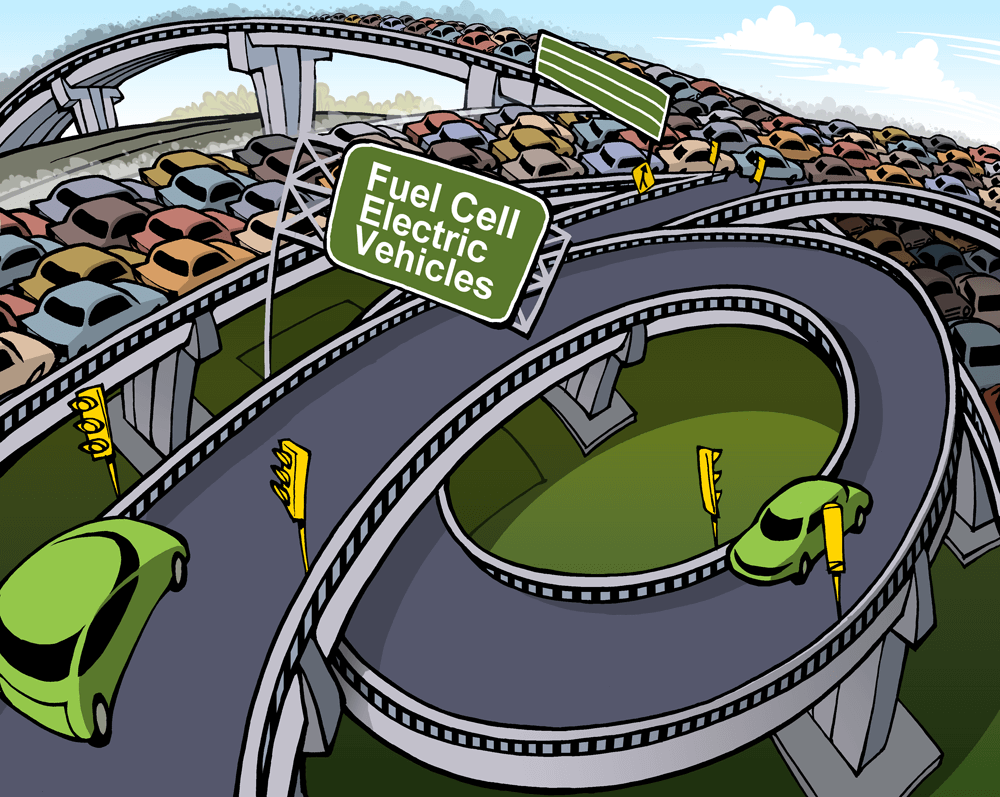Fuel Cell Electric Vehicles Face a Long ‘On-Ramp’

Despite great technological advances over the past two decades, an EPRI study concludes that fuel cell electric vehicles still lack the low cost and long life needed for commercial viability, with no real prospects for market share before the mid-2020s.
Since the early 1990s, several major automobile manufacturers have invested billions of dollars to develop proton exchange membrane fuel cells for electric vehicles. Government R&D programs in the United States, Japan, and Europe have led to prototypes and early-production vehicles with good drivability.
Drawing on nonproprietary information from technical literature, conferences, developers, and fabricators, researchers compared the cost and endurance of current fuel cell technology with the U.S. Department of Energy’s generally accepted targets for market success. Key insights:
- Cost estimates for state-of-the-art systems exceed the target of $30–40 per kilowatt by 50–80%.
- Some fuel cell stacks are approaching the target of 5,000 hours of life (equivalent to 150,000 miles), but they use high-cost, platinum-based electrodes.
Reducing platinum content can lower manufacturing costs, but this may also accelerate degradation of stacks and electrodes, making R&D necessary to address the degradation mechanisms.
Annual manufacturing capacity is about 6,000 vehicles, or 1–2% of the capacity needed for low-cost, mass production. Uncertainty regarding widespread availability of competitively priced hydrogen fuel is likely to delay the expansion of automotive production capacity by several years.
Artwork by Kirk Anderson

